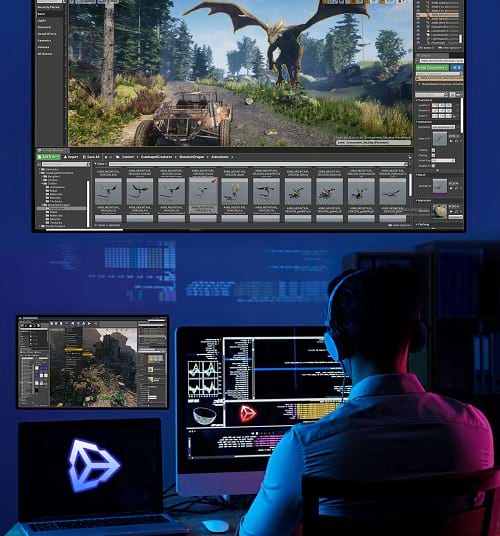The top 3 types of media that people use are print, broadcast, and the internet. Here we will understand each of these types with their sub-categories.
Print Media
This media form was most prevalent in the late 20th century when people relied on newspapers and magazines for news and entertainment. The sub-categories include –
- Newspapers – This is a daily or weekly media form that provides information on politics, current affairs, sports, birth notices, obituaries, and more. Newspapers continue to be in circulation as they are still accepted as a medium in legal matters.
- Magazines – The glossy pages with large colour images were meant to gain immediate attention in the area of sports, fashion, travel, food, finance, and lifestyle. With the introduction of web media, most print magazines have now gone online.
- Books – This medium focuses on one topic, fictional or non-fictional, that spreads knowledge among the readers. Books, both paperback and digital, continue to be a primary form of media.
- Banners – Cloth or vinyl banners display the products and services of a company, which one can use at easily noticeable sites such as shopfronts.
- Billboards – Large display advertisements usually printed on vinyl or steel sheets meant to gain the attention of people. A common example is an advertisement along national highways meant for drivers.
- Brochures – This is a small booklet that contains all the information about the company’s products and services, contact details, and terms and conditions. During the early 21st century, brochures used to come inside newspapers.
- Flyers – These are low-cost advertising media that small companies use to advertise their products and services. They contain the logo and the name of the company, a brief introduction of the services and the contact details.
Broadcast Media
As the name suggests, this form of media is meant to take information to the masses quickly. While print media was a form of mass media in the early 20th century, it ceased to be so after the introduction of electronic devices.
- Television – This was the most famous form of broadcast media in the late 20th and early 21st century. While it started with a few channels only, it quickly expanded to hundreds of channels on movies, news, sports, travel, politics, finance, and religion.
- Radio – It is one of the oldest means of broadcasting that people still use extensively for news and music, especially during a drive. Due to its high media reach, companies still use it as a platform for advertising.
- Cinema – Motion pictures in different languages have worldwide reach and can drive emotions through powerful storytelling. Most non-fictional and documentary movies serve the purpose of broadcasting a message or story.
Internet Media
The internet has existed since the 1980s, but with cheaper computers, faster computing power, and superfast internet, it has reached every household. It has completely transformed the way we share information with the masses.
- Social media – This includes Facebook, Twitter, Instagram, YouTube, Snapchat, Tumblr, LinkedIn, Quora, Pinterest, and more. Each of these platforms serves a different purpose when it comes to advertising or information broadcasting. Social media has the power to quickly ‘trend’ a piece of information among millions. Because of this, it is an extremely powerful tool that we must use responsibly.
- Blogs and forums – These platforms generally focus on one topic, such as technology, travel, fashion, etc. People can ask questions from other subject matter experts and comment on the posts. These are the best platforms to seek support and assistance.
- Podcasts – These are audio media that have expertise in one topic, for example, relationships, health, well-being, etc. Dedicated podcast distribution sites such as SoundCloud and PodBean, along with YouTube take the podcaster’s message to a large audience.
If you are seeking a career in media and information technology, there are multiple avenues. From working for an online news agency to having your podcast, one can do multiple things not only for income but also for the larger purpose of serving society.
But all of it starts with a credible degree in media and information technology.



